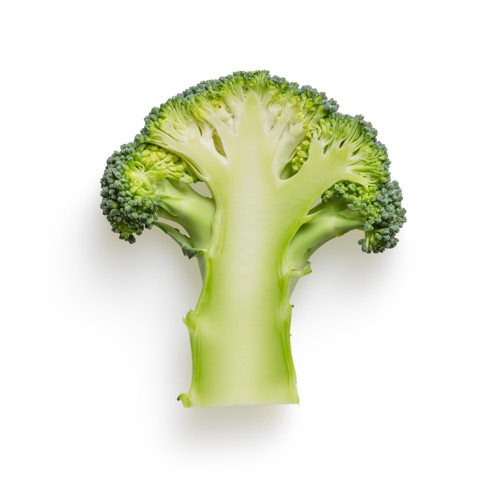Glossary
“Language is the source of all misunderstandings,” as Antoine de Saint-Exupéry once said. That’s reason enough to explain some frequently used technical terms in detail here.
Accreditation
An accreditation is proof of competence and trustworthiness. It is awarded by an independent accreditation body and is subject to strict review on a regular basis.
Assessment
In an assessment, the analysed laboratory results of a sample are checked with regard to their compliance with legal requirements and regulations.
Audit
An audit is a systematic, independent and documented process to verify certain audit criteria.
Confirmation (“Certificates” like Export Certificate, Free Sales Certificate, Health Certificate)
A confirmation (“certificate”) is usually required for export to third countries. An export certificate must always refer to laboratory tests, whereby the scope is determined by our experts or by requirements of the destination country (if any). These can be obtained from the Austrian Federal Economic Chamber (WKO) or the foreign distribution partner.
A Health Certificate is usually issued for export. However, it is possible to specify one or combined headings in the “certificate”, e.g. Free Sales Certificate, Sanitary Certificate, Phytosanitary Certificate.
A prerequisite for issuing an export certificate is that the company where the product is actually produced has an IFS, HACCP, BRC or ISO9000 certificate (or equivalent).
Factory inspections
Factory inspections are carried out by our inspection body on the basis of individual agreements. They focus on the production method, quality and safety of a food product. Depending on the agreement, the origin of the raw materials, production specifications and their compliance, quality assurance measures and the effectiveness of self-check systems are also checked.
Labelling assessment
A complete labelling assessment comprises an assessment in accordance with
- Regulation (EU) No 1169/2011 (FIC)
- All applicable horizontal regulations (health claims, additives, organic, etc.)
- All applicable special regulations (fruit juice, jams, chocolate, frozen food, etc.)
- Relevant chapters of the Austrian Food Codex
- As well as an examination for misleading statements as laid out in Section 5 of the LMSVG and Article 7 of the FIC.
Such a check can be carried out on the basis of the label on the product as well as on the basis of a draft label (pdf file with indication of the best-before date format).
Limit of detection
The limit of detection (LOD, detection limit (German: Nachweisgrenze, NWG)) is the smallest detectable amount of a substance that can be qualitatively detected in a single measurement. The detection limit is a decision limit for the presence of a constituent.
Limit of quantification
The limit of quantification (LOQ, quantification limit, determination limit (German: Bestimmungsgrenze, BG) is the smallest amount of a substance that can be quantitatively detected in a single analysis. The limit of quantification is naturally higher than the limit of detection.
Marketability report
The marketability report is essential proof that the distributor has fulfilled its duty of care. Marketability means that the product complies with the relevant expectations and regulations and may therefore be placed on the market.
Measurement uncertainty
The measurement uncertainty serves as a delimitation of the range of values around the result of the analysis, within which the true value of the measured value lies.
Qualification
A qualitative detection provides information on the presence of a constituent and is purely a yes or no statement.

How can we help you?
As a leading European centre of excellence for safe and trusted products, we deliver expert advice, sound analyses, audits and certifications from a single source.